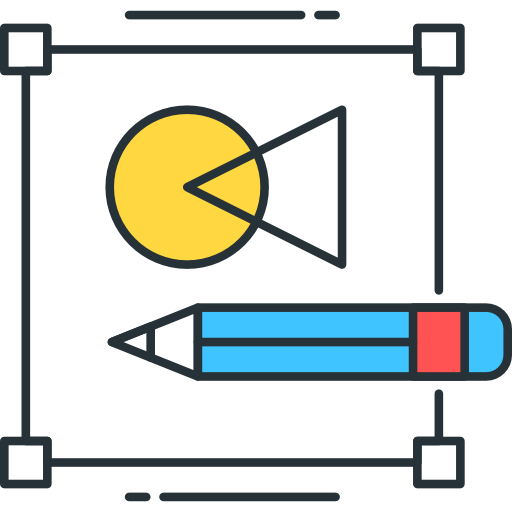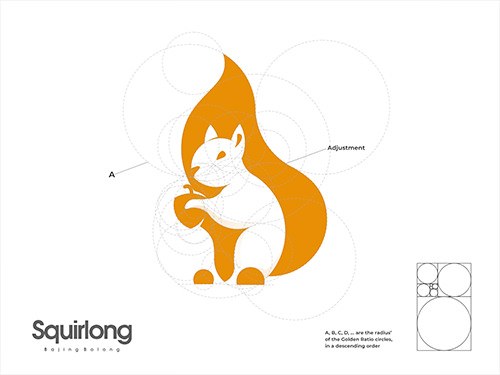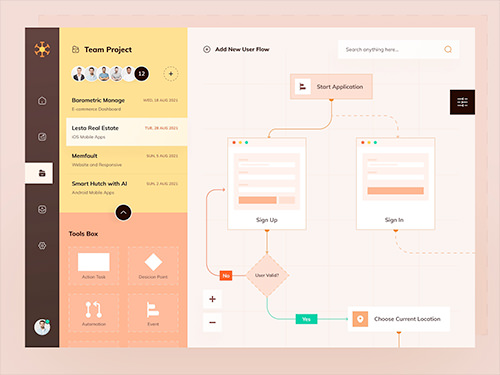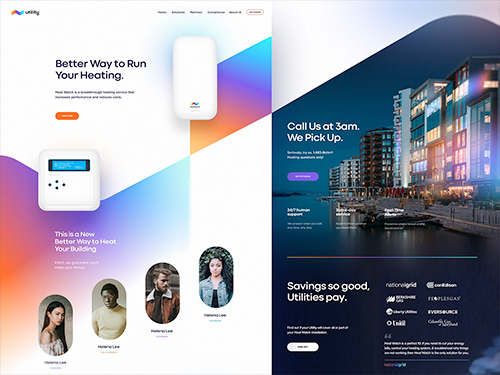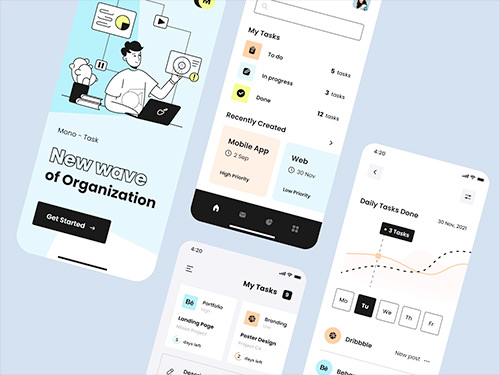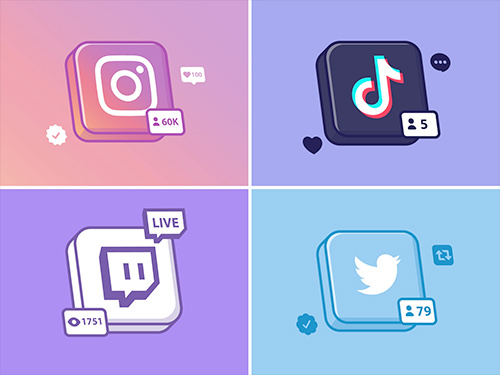- About
Get in touch with Webstring
- Services
- Technology
- Our Work
- Methodology
Responsive WEb
E-Commerce
From branding to shipping, we’ll walk you through the ecommerce website development process and explain what it takes to set up your own online business.
According to the Nasdaq, by 2040, it’s estimated that 95% of purchases will be done through ecommerce. Luckily for you, we laid out a 13 step process that will help you create a successful ecommerce store in no time.
Building an online store goes beyond just understanding the market you’re about to enter. You also need a grasp on branding, web design, and content strategy. This may seem like a huge amount of work.
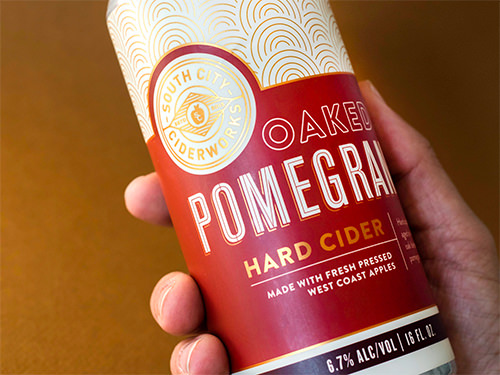
Alcohol Beverage
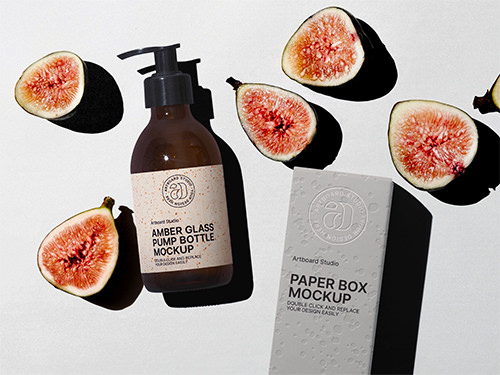
Skin Care
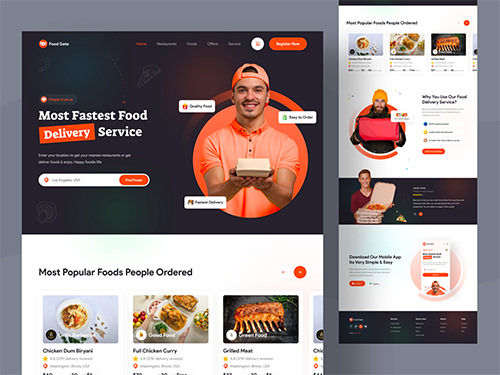
Restaurant

Seltzer
E-Commerce Process
Phase 1
Figure out what you’re going to sell
Building an online store around your passions translates into a business you’ll enjoy running. Whether you’re into boutique guitar effects pedals, fishing lures, or high-end watches, finding your niche doesn’t have to go any further from what you already know.
Know the market you’re entering. Be aware of what products succeed and the trends that have come and gone. Running an e-commerce website means not only knowing what potential customers may need right now, but what they’ll want in future.
Phase 1
Phase 2
Determine your ecommerce business model
Several types of ecommerce business models exist, but the 2 main categories are business to business (B2B) and business to consumer (B2C). Knowing the difference — and knowing where your ecommerce business falls — is important.
Business to consumer (B2C)
Business to business (B2B)
Phase 2
Phase 3
Know your audience
One advantage of starting an online business in an area you’re familiar with is that you already know your audience, as you’re a part of it. But even if you already know your customers, doing a bit of work to understand them better is beneficial for any e-commerce business.
Phase 3
Phase 4
Come up with a good business name
Don’t fall into cliches or name your business something that’s too close to your competitors. You need to stand out. A unique name will distinguish yourself from everyone else inhabiting the same market space.
Phase 4
Phase 5
Purchase a domain name
Okay, you have a business name and found a URL that’s available. Before you even start building out the store, go ahead and register the domain name. A lot can change quickly on the web, and that perfect URL might be snatched up at later stages of your ecommerce website development. Purchase your domain name now so you don’t have to worry about it later. Trust us.
Phase 5
Phase 6
Determine your branding
An ecommerce website also needs to have a memorable logo, color palette, and a distinct voice. All of these different elements of a web design come together into a user experience driven by the brand’s personality.
Phase 6
Phase 7
Find the right e-commerce platform
You have quite a few options when it comes to e-commerce platforms — like Magento, Shopify, or a plugin like WooCommerce with WordPress — to run your e-commerce website. And there are certainly benefits and disadvantages between the different e-commerce products out there.
Phase 7
Phase 8
Plan a content strategy
Content strategy shapes the information architecture of your website. Think of your content like freight on a train, and the information architecture as the tracks that deliver it. You need to know what your customers need and the best route to get the content to them.
Phase 8
Phase 9
Do search engine optimization
Getting organic traffic depends on the relevance of your content in the eyes of web crawlers. Paying attention to SEO may help you rank higher and get more clicks.
Phase 9
Phase 10
Determine product categories
Product categories need to be straight to the point. Someone should be able to recognize and understand what they are. This isn’t the time to get creative. Customers want familiar guide posts showing them the way to what they’re looking for.
Phase 10
Phase 11
Take detailed product photos
With a modest setup of a tripod, a couple lights, and a paper backdrop, most people with a decent camera and a bit of experience can take good photos. But if you have the budget, paying a professional may be worth it for higher-quality images. Whoever takes the photos is responsible for making sure that they are properly focused and white balanced and that the colors are true to the products. Having the photo editing skills to further enhance these shots will make them an even better representation of your products.
Phase 11
Phase 12
Write effective product descriptions
A product description tells a customer what they need to know. It highlights the features of an item and the advantages of using it. It gives someone all of the guidance they need in making that important decision to add it to their cart.
Yes, product descriptions need to have specs and features, but they need to go beyond being a dry recitation of details. They should be guided by empathy and connect with potential customers on a personal level.
Phase 12
Phase 13
Find the right shipping software
Fulfilling orders and shipping are made easier with the right software. Especially for shipping larger volumes of orders, having an effective shipping software to take care of all of the intricacies of this final step is important.
Phase 13
Webster can help
We’re happy to provide e-commerce solutions that give people the power to build fully functioning websites without code. Everything from creating designs packed with interactions and animations to adding in new products are all a part of what we offer. We’re happy to have levelled the entryway to ecommerce and want to empower you in creating an online business that’s everything you want it to be.

